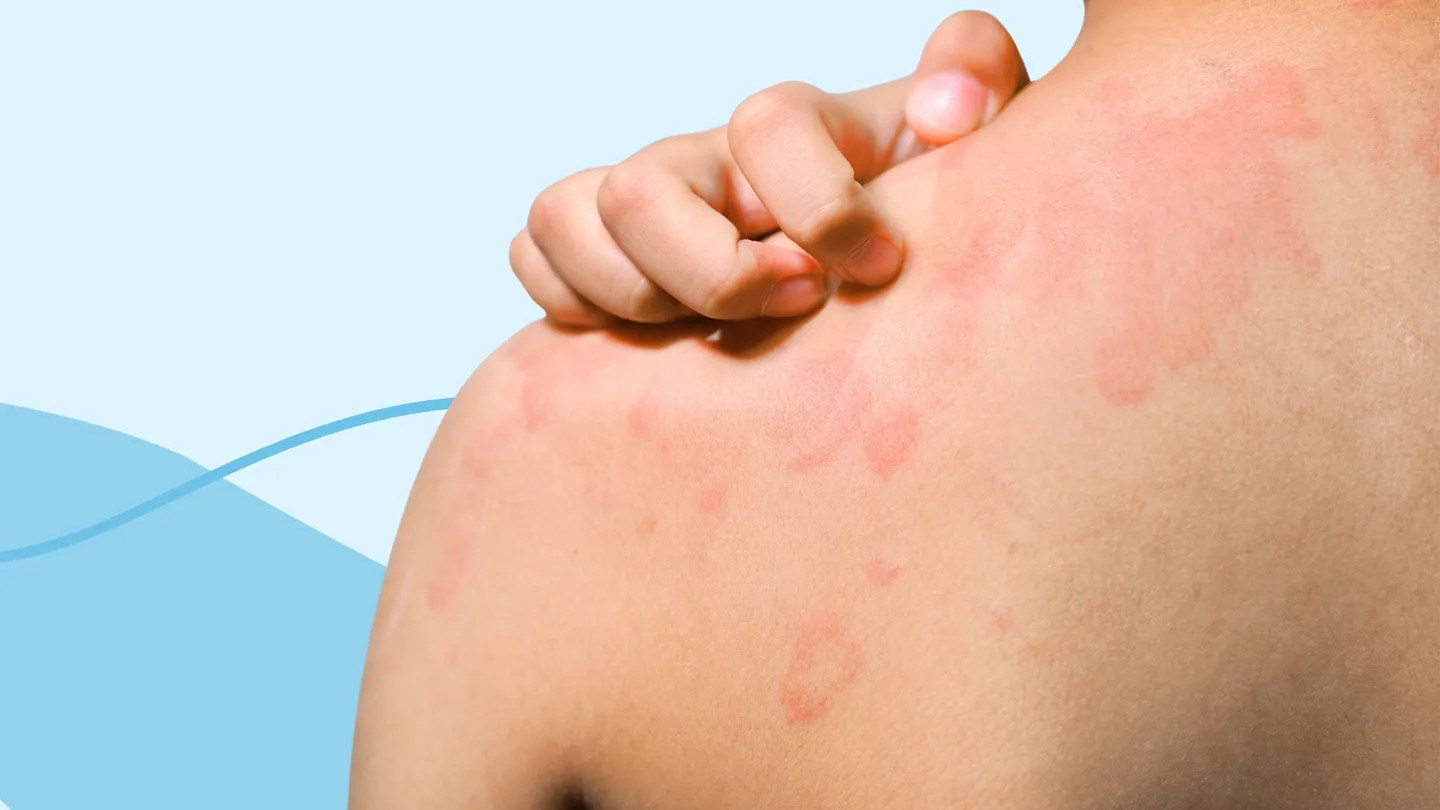CSU can strike at any time, including during childhood, but it usually appears between ages 30 and 50. Experts don’t fully understand the cause, but it’s thought to be related to an overactive immune system.
And even though “spontaneous” is in the name, there are certain well-known triggers for flares, including an allergic reaction, exposure to heat or cold, heavy vibration (for example, from jogging or using a lawn mower), infections, pressure on the skin (like a tight waistband), stress, and sunlight. “These aren’t the cause of hives but, rather, aggravating factors,” says Jessica Hui, MD, a pediatric allergist and immunologist at National Jewish Health in Denver.
When you’re exposed to one of these triggers, your body releases immune system chemicals, such as histamine, into the bloodstream. The reaction leads to the development of purple, red, or skin-colored welts (sometimes called wheals) that can vary in size and shape. The welts can appear, fade, and reappear throughout the body, making your skin itchy, swollen, and uncomfortable.
For most people, the symptoms of CSU will last for more than a year, although the timing will be different for everyone.
Read the full article here




